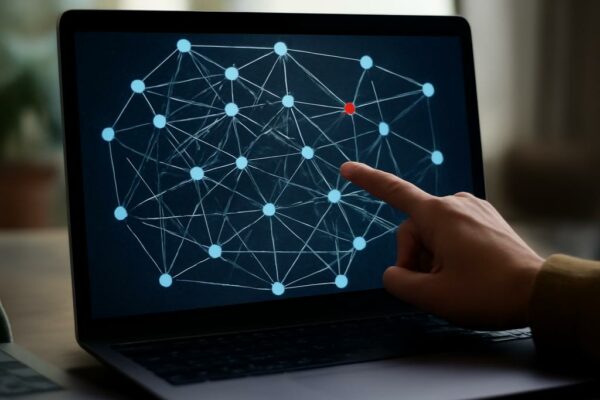
Can AI Judge Open Ended Law Exams
The wave of big language models has carried with it a lot of bravado about what machines can do—and how quickly they can do it. But in classrooms and law offices alike, a quieter question has been gathering steam: can artificial intelligences judge complex, open‑ended work the way humans do? A team from Maritaca AI…














